
What sets Doom Metal apart is its deliberate pace and crushing, downtuned guitars that create a sonic landscape akin to a thunderous storm rolling over barren landscapes. The music evokes a sense of heaviness not just in sound but in atmosphere, drawing the listener into a world where melancholy reigns supreme.
Lyrically, Doom Metal delves into introspective and often poetic expressions of sorrow and introspection. It’s a cathartic journey for both musicians and fans alike, embracing the shadows of human experience with a raw honesty that is as confronting as it is captivating.
In terms of subgenres, Doom Metal encompasses a variety of styles, from the mournful wails of Funeral Doom to the psychedelic undertones of Stoner Doom and the eerie atmospherics of Atmospheric Doom. Each subgenre offers a unique perspective on the genre’s central themes, adding layers of complexity to its sonic palette.
Listening to Doom Metal isn’t merely about enjoying music; it’s about immersing oneself in an emotional landscape where every riff, every drumbeat, and every vocal growl tells a story of pain, solitude, and the quest for meaning in a world often overshadowed by darkness.
As fans of Doom Metal will attest, it’s more than just a genre—it’s a profound and often transformative experience that leaves an indelible mark on those who dare to explore its depths.
Unveiling the Dark Melodies: Exploring the Roots of Doom Metal
Doom metal, with its haunting melodies and brooding atmosphere, stands as a formidable genre in the realm of heavy music. Originating in the late 1970s, doom metal emerged from the depths of heavy rock and early heavy metal, distinguished by its slow tempos, low-tuned guitars, and lyrics that often delve into themes of despair, darkness, and existential dread.
One of the defining characteristics of doom metal is its deliberate pacing. Unlike the frenetic energy of thrash or the speed of traditional heavy metal, doom metal bands like Black Sabbath, Pentagram, and Candlemass deliberately slowed down their music to create a sense of impending doom. This deliberate tempo not only emphasizes the heaviness of the riffs but also allows for a deeper exploration of melancholic melodies.
Lyrically, doom metal often explores themes of despair, death, and the darker aspects of human existence. Bands frequently draw inspiration from literature, mythology, and personal introspection to craft lyrics that resonate with a sense of foreboding and introspection. This introspective quality is further enhanced by the genre’s tendency to use clean, often mournful vocal styles or guttural, growling vocals that emphasize the emotional weight of the music.
Instrumentally, doom metal is characterized by thick, distorted guitar tones, often tuned to lower pitches to achieve a heavier sound. These guitars are typically accompanied by bass lines that emphasize the low-end frequencies, creating a dense sonic landscape. Drumming in doom metal tends to be slow and methodical, accentuating the deliberate tempo of the music and contributing to its ominous atmosphere.
From Gloom to Glory: The Evolution of Doom Metal Across Decades
Doom metal, often characterized by its slow tempos, crushing guitar riffs, and introspective lyrics, has undergone a fascinating evolution over the decades. Emerging in the late 1960s and early 1970s, doom metal was a stark departure from the upbeat rhythms dominating the music scene. It delved into themes of despair, introspection, and existential angst, resonating with listeners seeking a darker, more profound musical experience.
The early pioneers of doom metal, such as Black Sabbath, Pentagram, and Saint Vitus, laid the foundation with their heavy, sludgy soundscapes and brooding lyrics. These bands set the stage for what would become a diverse and influential subgenre within heavy metal.
As the genre progressed through the 1980s and 1990s, doom metal diversified into several distinct styles. Traditional or classic doom maintained the slow, Sabbath-inspired sound, while bands like Candlemass introduced operatic vocals and epic, symphonic elements. At the same time, the emergence of death-doom combined the heaviness of traditional doom with death metal’s aggression, giving rise to bands like My Dying Bride and Paradise Lost.
The 21st century witnessed a resurgence of interest in doom metal, with bands exploring new territories and pushing the boundaries of the genre. Atmospheric doom bands like Sunn O))) and Electric Wizard incorporated drone and ambient elements, creating hypnotic, immersive soundscapes. Sludge and stoner doom bands brought a raw, gritty edge to the genre, drawing influence from punk and psychedelic rock.
Today, doom metal continues to evolve, with bands experimenting with different textures, rhythms, and lyrical themes. From the crushing heaviness of funeral doom to the experimentalism of post-doom, the genre remains a fertile ground for artistic expression and emotional catharsis.
Exploring the evolution of doom metal across decades reveals not just a musical journey but a cultural and emotional one as well. It’s a testament to the enduring power of music to explore the depths of human experience, from despair and darkness to moments of transcendence and catharsis.
Inside the Abyss: How Doom Metal Redefines Heavy Music
Doom metal, an enigmatic subgenre nestled within the broader realm of heavy music, stands out for its profound ability to evoke raw emotions and transcendental experiences. Unlike its faster-paced counterparts in metal, doom metal dwells in slow, deliberate rhythms that plunge listeners into a sonic abyss of melancholy and introspection.

The genre’s roots can be traced back to the early 1970s, with bands like Black Sabbath pioneering its ominous soundscapes and downtuned guitars. Over the decades, doom metal has evolved into various sub-styles, from the traditional, Sabbath-inspired sound to more experimental and avant-garde approaches.
What sets doom metal apart is its ability to create a haunting atmosphere that envelops the listener like a thick fog, drawing them into a world of darkness and introspection. Bands often employ heavy, distorted guitar tones, thunderous basslines, and slow, pounding drum beats to craft an oppressive sonic landscape that mirrors the depths of human emotion.
Listeners are drawn to doom metal not just for its musical characteristics but also for its emotional authenticity. The genre serves as a conduit for exploring themes that are often shunned in mainstream music, offering solace to those grappling with inner turmoil or existential questions.
Doom metal’s ability to redefine heavy music lies in its capacity to evoke profound emotional responses and create immersive sonic experiences. It remains a genre cherished by those who seek music that goes beyond mere entertainment, delving deep into the human psyche and embracing the darker aspects of existence.
Doom Metal Icons: Legends Who Shaped the Genre
Imagine a musical journey where each chord progression is a deliberate step into the abyss, each lyric a haunting tale of despair and introspection. Bands like Black Sabbath, often hailed as the pioneers of Doom Metal, set the stage with their pioneering blend of dark, blues-infused riffs and brooding lyrical themes. Their early albums like “Master of Reality” and “Paranoid” laid the foundation for what would become a distinct subculture within the broader metal community.
As Doom Metal evolved, bands like Candlemass emerged in the 1980s, bringing a more epic and grandiose sound to the genre. Their album “Epicus Doomicus Metallicus” is often cited as a definitive work, blending operatic vocals with crushing guitar work to create an otherworldly atmosphere of doom and gloom.
In the 1990s, bands such as My Dying Bride and Paradise Lost took Doom Metal into even darker and more introspective territory. Their music delved into themes of anguish, loss, and existential dread, reflecting a deeper emotional complexity that resonated with a growing audience seeking solace in melancholic soundscapes.
Today, Doom Metal continues to thrive with bands like Electric Wizard and Pallbearer pushing the boundaries of heaviness and experimentation. These modern icons fuse elements of psychedelia, sludge, and progressive rock into the Doom Metal template, creating sonic landscapes that are as expansive as they are oppressive.
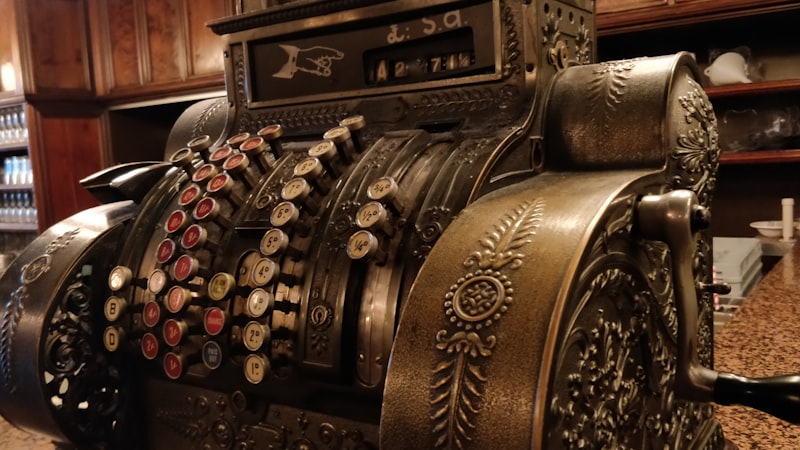
Beyond Doom: The Influence of Doom Metal on Modern Rock
Picture this: you’re at a concert, the air thick with anticipation. The stage lights dim, and from the speakers emerges a deep, resonant guitar riff that reverberates through your bones. That’s the essence of doom metal. Its impact extends far beyond its niche origins, shaping the sound of contemporary rock in surprising ways.
One of the most striking aspects of doom metal is its raw emotional power. Unlike the upbeat anthems of mainstream rock, doom metal dives deep into the darker corners of the human psyche. Its slow, brooding pace allows listeners to immerse themselves fully in the music, creating a visceral experience that resonates long after the last chord fades.
But it’s not just about the music itself; it’s about the attitude it embodies. Doom metal challenges the conventions of commercialized rock, daring to explore themes and sounds that push boundaries. In a world saturated with cookie-cutter pop tunes, doom metal stands out as a testament to artistic integrity and authenticity.
Moreover, the influence of doom metal can be heard in unexpected places. Bands across various subgenres of rock, from alternative to experimental, have incorporated elements of doom metal into their own soundscapes. Whether it’s the melancholic undertones of a ballad or the crushing heaviness of a riff, traces of doom metal’s DNA are everywhere.
Doom metal’s influence on modern rock is profound and multifaceted. It challenges norms, evokes powerful emotions, and continues to inspire musicians and listeners alike to explore the depths of musical expression. So, the next time you hear a song that sends chills down your spine or makes your heart race, consider the possibility that somewhere in its DNA lies a trace of doom metal’s enduring legacy.
Catharsis in Chaos: Why Doom Metal Resonates with Fans
Imagine standing at the edge of a vast, stormy sea, waves crashing violently against the rocks. That’s the sonic landscape of doom metal. It plunges you into a whirlpool of emotions—anger, sorrow, despair—yet somehow, amidst the chaos, there’s a strange sense of comfort. It’s like confronting your inner demons head-on, acknowledging the darkness within, and finding solace in the sheer intensity of the music.
The slow, dragging tempo of doom metal isn’t just a stylistic choice; it’s a deliberate invitation to introspection. Each note resonates with raw emotion, drawing listeners into a trance-like state where time seems to slow down. It’s almost meditative, allowing listeners to delve deep into their subconscious and confront feelings they may have buried beneath the surface.
What makes doom metal truly captivating is its ability to evoke a visceral response. It’s not just background noise; it demands your attention, commanding you to feel every ounce of its power. The lyrics, often dealing with themes of death, loss, and existential dread, strike a chord with those grappling with the complexities of life.
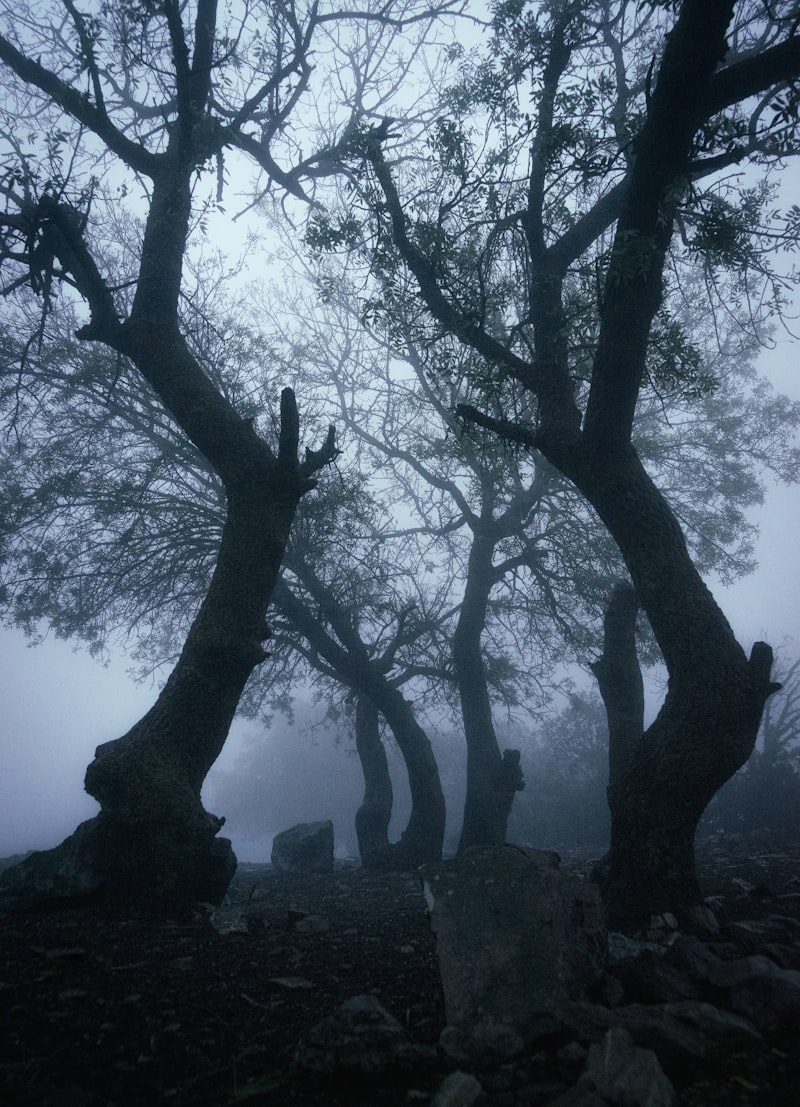
Doom metal isn’t for the faint-hearted. It’s a genre that challenges listeners to embrace the chaos within and find beauty in the bleakness. Whether you’re drawn to its crushing guitar tones or its haunting lyrics, one thing is certain: doom metal is more than just music—it’s an emotional odyssey that leaves a lasting impression on all who dare to explore its depths.

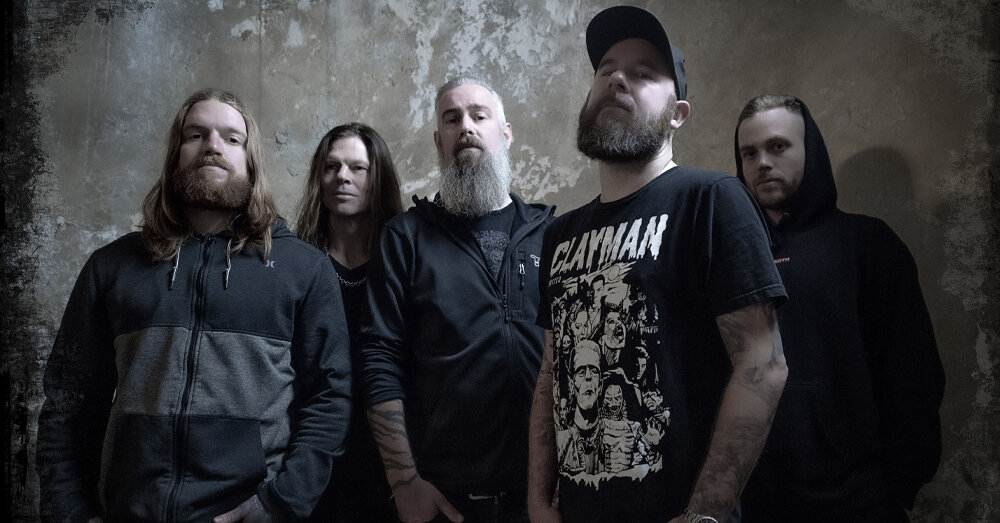
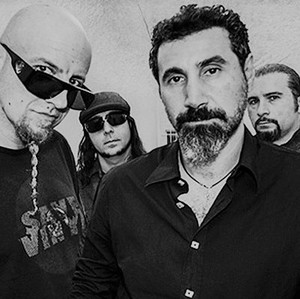

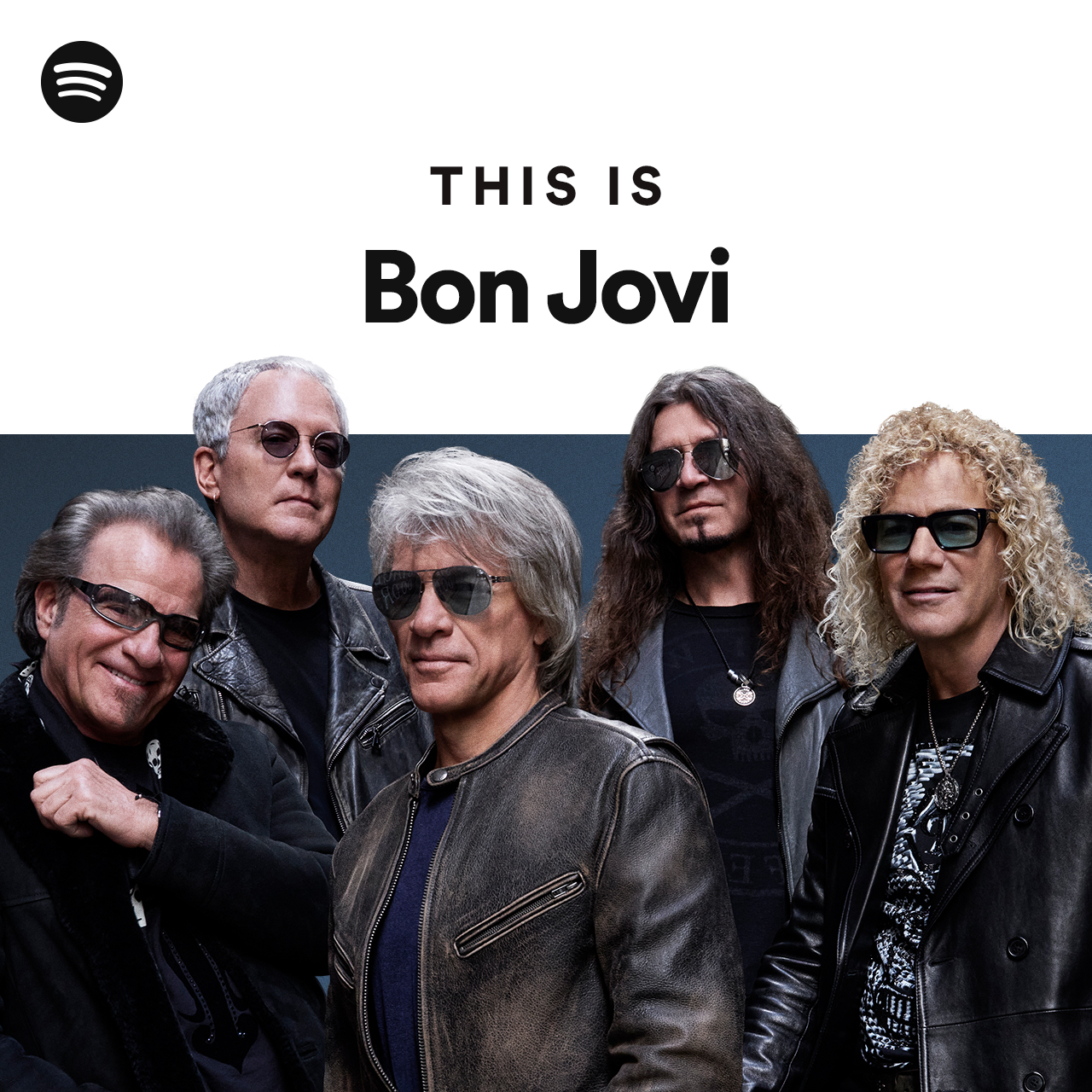




One thought on “Doom Metal”